INDIAN ARMED FORCES CHIEFS ON OUR RELENTLESS AND FOCUSED PUBLISHING EFFORTS

The insightful articles, inspiring narrations and analytical perspectives presented by the Editorial Team, establish an alluring connect with the reader. My compliments and best wishes to SP Guide Publications.

"Over the past 60 years, the growth of SP Guide Publications has mirrored the rising stature of Indian Navy. Its well-researched and informative magazines on Defence and Aerospace sector have served to shape an educated opinion of our military personnel, policy makers and the public alike. I wish SP's Publication team continued success, fair winds and following seas in all future endeavour!"

Since, its inception in 1964, SP Guide Publications has consistently demonstrated commitment to high-quality journalism in the aerospace and defence sectors, earning a well-deserved reputation as Asia's largest media house in this domain. I wish SP Guide Publications continued success in its pursuit of excellence.
Space Planes
The ISRO Two-Stage-to-Orbit (TSTO) Space Plane would fulfill the near term access-to-space goals while greatly reducing the cost, substantially improving mission flexibility, operability, safety and reliability, while also offering significant growth potential
 |
The Author is Former Director General of Information Systems and A Special Forces Veteran, Indian Army |
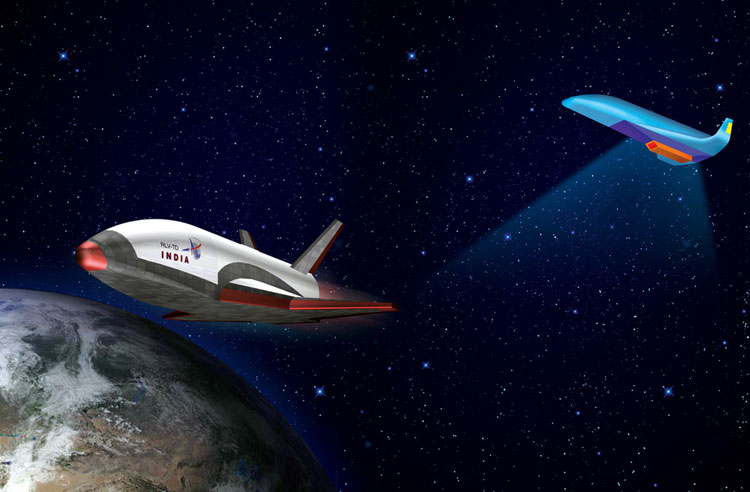
A space-plane can fly and glide like an aircraft in earth’s atmosphere and also manoeuvres like a spacecraft in outer space. Space-planes are powered by rockets that subsequently land as gliders without power. Space-planes that have been successfully launched into orbit, re-entered earth’s atmosphere and landed include the ‘Space Shuttle’ of the National Aeronautics and Space Administration (NASA), Boeing X-37 operated by the US Space Force and ‘Buran’ of Russia. Many more space-planes are being developed globally but none of them have reached flight status.
On September 4, 2020, China launched its first reusable experimental spacecraft ‘CSSHQ’ on a Long March 2F rocket from the Jiuquan Satellite Launch Centre in the Gobi Desert of northwest China. The CSSHQ is reportedly part of China’s Shenlong programme, which is thought to be similar to the Boeing X-37B. Reporting on the launch of the reusable experimental aircraft Chinese media said, "After a period of in-orbit operation, the spacecraft will return to the scheduled landing site in China. It will test reusable technologies during its flight, providing technological support for the peaceful use of space.” Nothing has been heard thereafter about the CSSHQ.
Numerous satellites, interplanetary probes and the Hubble Space Telescope (HST) were launched through operational missions of the Space Shuttle
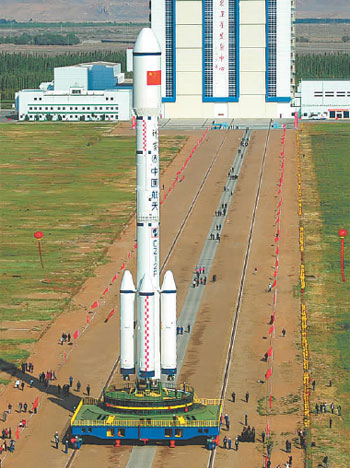
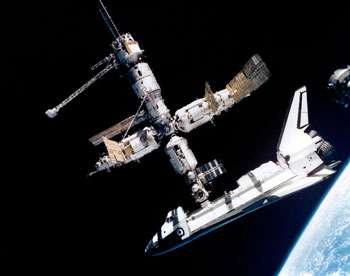
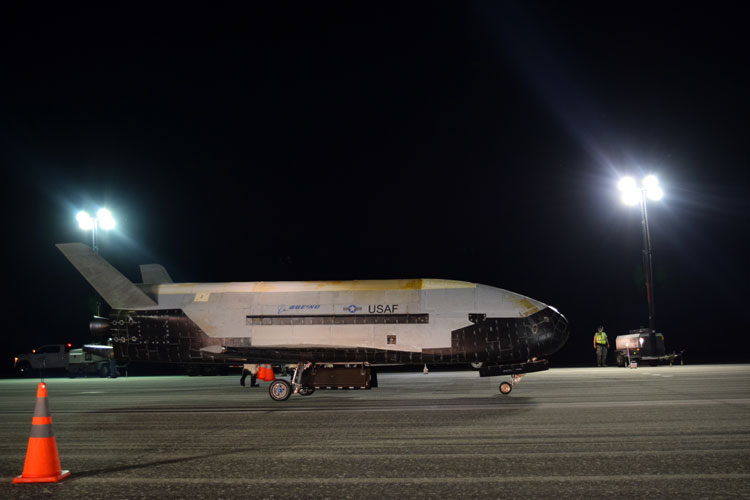
NASA’s Space Shuttle was operated under the Space Transportation System (STS) from 1981 to 2011 totaling 135 missions and logging total mission time of 1,322 days, 19 hours, 21 minutes and 23 seconds. Numerous satellites, interplanetary probes and the Hubble Space Telescope (HST) were launched through operational missions of the Space Shuttle, in addition to conducting various scientific experiments in orbit. The Space Shuttle participated in the Shuttle-Mir programme with Russia, as also in the construction and servicing of the International Space Station (ISS). The Space Shuttle was retired from service on conclusion of the final flight of the Atlantis on July 21, 2011. Interestingly, the US relied on the Russian Soyuz spacecraft to transport astronauts to the ISS from the last Space Shuttle flight until the launch of the Crew Dragon-2 mission in May 2020 on a SpaceX Falcon 9 rocket as part of the Commercial Crew Program.
The Boeing X-37 reusable spacecraft, also known as the Orbital Test Vehicle (OTV), is a reusable robotic spacecraft that was first test flown in 2006. Its first orbital mission was launched in April 2010 on an Atlas V rocket and it returned to Earth in December 2010. Subsequent flights extended the mission duration, reaching 780 days in orbit for the fifth mission launched on a Falcon 9 rocket. Its sixth mission was launched on May 17, 2020 on an Atlas V rocket.
Nothing was heard about the Avatar (Aerobic Vehicle for Hypersonic Aerospace Transportation) after 2001 perhaps because India was denied cryogenic engine technology
Russia’s ‘Buran’ program of a reusable spacecraft project was originally by the Soviet Union that began in 1974 and was formally suspended in 1993 perhaps due to enormous costs after the break-up of the Soviet Union in 1991. Buran was also the name given to Orbiter K1 unmanned spaceflight in 1988 as the only Soviet reusable spacecraft launched into space. As launch vehicles, the Buran-class orbiters used the ‘expendable’ Energia rocket, which implies that only the orbiter was reusable, unlike the Space Shuttle as a whole.
On August 8, 2001, news emerged that Indian rocket scientists had designed a reusable space plane, dubbed ‘Avatar’ (Aerobic Vehicle for Hypersonic Aerospace Transportation), which could launch satellites at extremely low costs and take tourists to space. The news report further said that in early July 2001, the project was publicly announced in the US by veteran Air Commodore Raghavan Gopalaswami, former chairman of Bharat Dynamics Limited (BDL) and the central figure behind the project, being financed by the DRDO. The project included scientists from DRDO and participation by the Hyderabad-based CIM Technologies. Weighing 25 tons, 60 per cent of which is liquid hydrogen fuel, Avatar was to be capable of entering into a 100-km orbit in a single stage and launching satellites weighing up to one ton. Taking off horizontally like a conventional airliner, Avatar was to use a combination of turbofan, ramjet and scramjet engines to reach a cruising altitude of 10 km before a cryogenic rocket engine takes over for the final push into space.
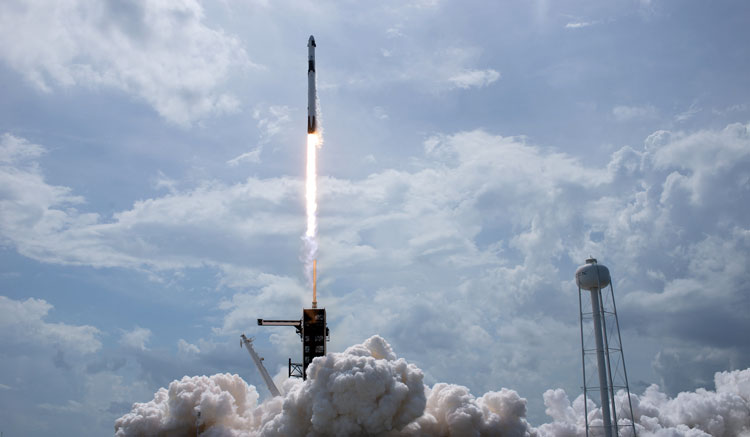
Nothing was heard about the Avatar after 2001 perhaps because India was denied cryogenic engine technology. The US blocked the sale of Russia’s cryogenic engine technology to India in 1992 on grounds that it violated the Missile Technology Control Regime (MTCR) even as experts contended that space rockets have little utility for ballistic missiles as fuelling of such space rockets takes a period of several days. ISRO eventually developed indigenous cryogenic engine technology which was successfully demonstrated through the GSLV-MkIII-D1 that launched the geostationary communication satellite, GSAT-19, into orbit on June 6, 2017.
ISRO is working on a small Reusable Launch Vehicle Technology Demonstrator (RLV-TD) that will reach full scale variant only in 2030
News has now emerged that ISRO is working on a small Reusable Launch Vehicle Technology Demonstrator (RLV-TD) that will reach full scale variant only in 2030. The plan is to finally develop a Two-Stage-to-Orbit (TSTO) Space Plane – the concept being to assist in development of next generation space vehicles. The TSTO space-plane would fulfill the near term access-to-space goals while greatly reducing the cost, substantially improving mission flexibility, operability, safety and reliability, while also offering significant growth potential and multiple avenues.
The route to the TSTO will be through a TSTO Technology Demonstrator (TSTO-TD) having 133 tons of Gross Lift-Off Mass (GLOM) which is little over the empty weight of a Boeing C-17 Globemaster III. It will be designed to take off with its Turbo-ramjet engine that will propel the TSTO to Mach 6 speed before the Scram-jet engine takes over at 28-km altitude pushing the speed to Mach 9 and over 50 km altitude after which, in second stage, a rocket placed on the TSTO-TD will be engaged and separate from the spacecraft to propel it to 300 km altitude to deliver a 2-ton payload at Low Earth Orbit (LEO), while TSTO-TD after completing Stage-1 will glide down towards the earth and will engage its turbo-ramjet engine at 15 km or lower altitude to land back at the designated airstrip. ISRO has not revealed any time schedule for the TSTO-TD but their scientist would be working on delivering it at the earliest.





